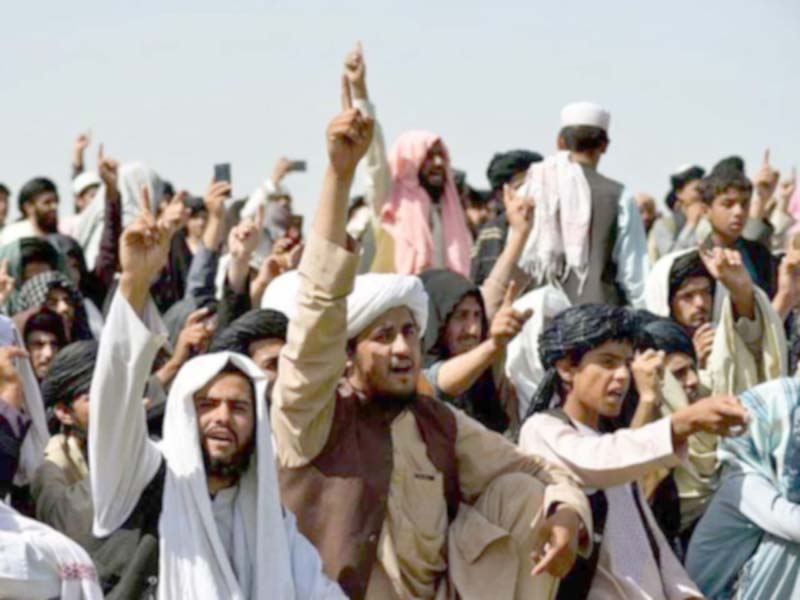India and the US have comprehensively expanded their military-strategic relations over the past few years
By Andrew Korybko
Speculation has been swirling since the US’ panicked evacuation from Afghanistan in late August that it’s trying to set up regional bases for carrying out so-called “over-the-horizon” attacks against Afghanistan. Russian Foreign Minister Sergei Lavrov warned in his latest interview with the Rossiya-24 TV channel that the US might continue to search for such relevant opportunities. What was particularly intriguing though was that Russia’s top diplomat added credence to the unverified rumors that India might host such facilities.
According to him, “Well aware of the Americans’ intrusiveness, I do not rule out that they will be pressing for the same aim from different sides. I’ve heard that they have been trying to persuade India to grant the Pentagon some opportunities on the Indian Territory.” To be clear, Lavrov wasn’t saying that India will indeed end up doing this, just that he’s aware of the chatter about this potentially game-changing possibility. Since Russia is India’s special and privileged strategic partner, his concerns deserve to be taken very seriously.
Officially speaking, India pursues a foreign policy that it describes as “multi-alignment” whereby it aims to balance between the world’s major countries without taking one’s side against the other. In reality, however, this policy hasn’t been sincerely practiced as evidenced by the country’s participation in the US-led Quad that many observers regard as an emerging military alliance for “containing” China. India denies that it has any such intentions yet it nevertheless sometimes behaves in a hostile way towards China that aligns with US interests.
India and the US have comprehensively expanded their military-strategic relations over the past few years. The first major move in this direction was the signing of their “Logistics Exchange Memorandum of Agreement” (LEMOA) in 2016 which allowed each country to use the other’s military facilities on a case-by-case “logistical” basis. This was followed by the 2018 “Communications Compatibility and Security Agreement (COMCASA) for enhancing military communications with an eye towards improving their interoperability. The last of the three so-called “foundational agreements” between their armed forces was last year’s “Basic Exchange and Cooperation Agreement” (BECA) for sharing geospatial intelligence that’ll improve their targeting capabilities. Altogether, while India and the US aren’t formally allies in the traditional sense of having mutual defence obligations to one another, they nonetheless cooperate extremely closely on the military front. This has understandably raised regional concerns about India’s grand strategic intentions.
Returning to Lavrov’s remark about the possibility of the Pentagon setting up military facilities on Indian territory for attacking Afghanistan, it needs to be noted that the US wouldn’t be able to strike that landlocked country from there without its drones, warplanes, or at least missiles passing through Pakistani airspace. It’s extremely unlikely that Islamabad would grant permission for any Indian-based forces to do so considering the well-known tensions between those two nuclear-armed South Asian neighbours.
This political observation strongly suggests that any potential basing of US forces in India on an anti-Afghan pretext could be a ruse for bolstering the host state’s military capabilities against China with whom it’s engaged in a territorial dispute over their mountainous frontier that led to clashes in summer 2020. It remains unclear whether India would take the fateful step of hosting such foreign forces for that purpose, but Lavrov probably wouldn’t have publicly brought up that possibility if it was just an empty rumour.
India’s leadership should realise that doing so would result in its regional isolation and risk ruining its relations with China. It would be an unprecedentedly hostile move that would certainly necessitate the People’s Republic taking the appropriate actions to defend itself under such changed strategic circumstances. New Delhi might just be negotiating with Washington in an effort to gain a sanctions waiver for the S-400 air defence systems that it bought from Moscow and plans to receive later this month, but even so, it still mustn’t host its forces.
Although the present form of India’s “multi-alignment” policy isn’t perfect considering its de facto military-strategic tilt towards the US in recent years, the country has yet to proverbially cross the Rubicon of becoming an outright American ally. Hosting US forces would immediately change that regional strategic reality and therefore destabilise Eurasia, not to mention risk worsening the working efficiency of the multipolar BRICS and SCO blocs within which it and China both participate.
With these consequences in mind, Lavrov’s remark about the rumours of the US exploring the possibility of using Indian Territory to carry out “over-the-horizon” attacks against Afghanistan could be interpreted as a hint that New Delhi should seriously reconsider the wisdom of this scenario. Russia seems to be concerned that this chatter is credible enough for its top diplomat to publicly comment on in the way that he did in spite of the issue’s sensitivity. It’s therefore hoped that India will soon clarify the situation and make its intentions known.
The writer is an American Moscow-based political analyst specialising in the relationship between the US strategy in Afro-Eurasia, China’s One Belt One Road global vision of New Silk Road connectivity, and Hybrid Warfare.


